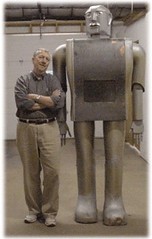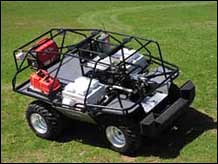The Robot Army
From this Manila Bulletin Online article:
"Here’s a very interesting story from the New York Times that might well turn a reel story the likes of the Terminator series and I, Robot to real life. The article relates the American military’s development of new generation soldiers – soldiers that do not get hungry, do not know no fear, do not forget orders, do not care if the guy next to them gets shot, and do better than humans. Think robot soldiers, but not as human-like as those in the movies I mentioned."



